
Discover the Vibrant Charm of North Jakarta
Explore North Jakarta: A vibrant blend of history, culture, and modern attractions, from historic harbors and theme parks to bustling markets and culinary delights.
North Jakarta, a dynamic and bustling part of Indonesia's capital city, offers a unique blend of history, culture, and modernity. Known for its vibrant ports and historical maritime significance, this neighbourhood is a treasure trove of attractions for tourists seeking an authentic Jakarta experience. Begin your journey at the historic Sunda Kelapa Harbor, where traditional wooden schooners known as Phinisi ships are still in operation. This harbour, dating back to the 13th century, serves as a living museum offering a glimpse into Jakarta's past as a major trading port. Nearby, the Maritime Museum housed in an old Dutch warehouse showcases Indonesia’s rich nautical heritage. For those interested in culture, North Jakarta is home to the enchanting Ancol Dreamland, a sprawling theme park that includes Dunia Fantasi (Fantasy World), SeaWorld, and Ancol Beach. This entertainment complex offers something for everyone, from thrilling rides and marine shows to serene beachside relaxation. Don't miss the Pasar Seni Art Market within Ancol, where local artists display and sell their crafts. Food enthusiasts will find North Jakarta to be a culinary paradise. The area is famous for its seafood, with Muara Karang and Pluit offering an array of seafood restaurants that serve fresh catches daily. Try the local specialty, grilled fish with spicy sambal, for an unforgettable dining experience. A visit to North Jakarta would be incomplete without exploring the vibrant Chinatown, Glodok. This bustling area is rich with Chinese heritage, featuring temples, traditional medicine shops, and delicious Chinese-Indonesian cuisine. The Jin De Yuan Temple, one of the oldest Chinese temples in Jakarta, is a must-see with its intricate architecture and serene atmosphere. Whether you're a history buff, thrill-seeker, or foodie, North Jakarta promises an enriching and diverse travel experience. Explore its unique blend of old and new, and immerse yourself in the lively atmosphere that makes this neighbourhood a standout destination in Jakarta.
Local tips in North Jakarta
- Visit Sunda Kelapa Harbor early in the morning to see traditional Phinisi ships being loaded and unloaded.
- Wear comfortable shoes when exploring Ancol Dreamland as the park is expansive and involves a lot of walking.
- Try the fresh seafood at Muara Karang for an authentic local dining experience.
- Carry cash when visiting Glodok Chinatown as many small vendors may not accept credit cards.
- Check the weather forecast before visiting Ancol Beach to make the most of your beach day.
Discover the Vibrant Charm of North Jakarta
North Jakarta, a dynamic and bustling part of Indonesia's capital city, offers a unique blend of history, culture, and modernity. Known for its vibrant ports and historical maritime significance, this neighbourhood is a treasure trove of attractions for tourists seeking an authentic Jakarta experience. Begin your journey at the historic Sunda Kelapa Harbor, where traditional wooden schooners known as Phinisi ships are still in operation. This harbour, dating back to the 13th century, serves as a living museum offering a glimpse into Jakarta's past as a major trading port. Nearby, the Maritime Museum housed in an old Dutch warehouse showcases Indonesia’s rich nautical heritage. For those interested in culture, North Jakarta is home to the enchanting Ancol Dreamland, a sprawling theme park that includes Dunia Fantasi (Fantasy World), SeaWorld, and Ancol Beach. This entertainment complex offers something for everyone, from thrilling rides and marine shows to serene beachside relaxation. Don't miss the Pasar Seni Art Market within Ancol, where local artists display and sell their crafts. Food enthusiasts will find North Jakarta to be a culinary paradise. The area is famous for its seafood, with Muara Karang and Pluit offering an array of seafood restaurants that serve fresh catches daily. Try the local specialty, grilled fish with spicy sambal, for an unforgettable dining experience. A visit to North Jakarta would be incomplete without exploring the vibrant Chinatown, Glodok. This bustling area is rich with Chinese heritage, featuring temples, traditional medicine shops, and delicious Chinese-Indonesian cuisine. The Jin De Yuan Temple, one of the oldest Chinese temples in Jakarta, is a must-see with its intricate architecture and serene atmosphere. Whether you're a history buff, thrill-seeker, or foodie, North Jakarta promises an enriching and diverse travel experience. Explore its unique blend of old and new, and immerse yourself in the lively atmosphere that makes this neighbourhood a standout destination in Jakarta.
Iconic landmarks you can’t miss
National Monument
Explore the National Monument, Jakarta’s iconic symbol of independence, offering stunning views, rich history, and beautiful gardens.

Taman Fatahillah
Explore the cultural richness and historical significance of Taman Fatahillah, Jakarta's vibrant heart filled with art, history, and local charm.

Jakarta History Museum
Discover the captivating past of Jakarta at the Jakarta History Museum, where history comes alive through fascinating exhibits and stunning architecture.
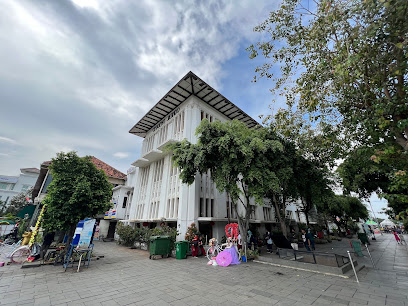
Wisata Kota Tua Jakarta
Discover the historic charm of Kota Tua Jakarta, a vibrant area filled with colonial architecture, museums, and local street food that tells the story of Indonesia's rich heritage.
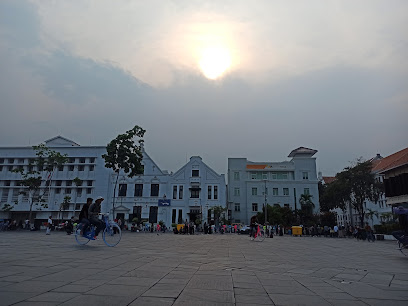
Taman Wisata Alam Mangrove Angke Kapuk
Explore the lush mangroves and serene waters of Taman Wisata Alam Mangrove Angke Kapuk, a hidden gem in North Jakarta for nature enthusiasts.
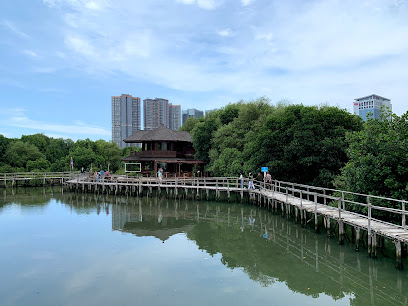
Museum Taman Prasasti
Explore Jakarta's history at Museum Taman Prasasti, where stunning tombstones and artifacts narrate the rich cultural heritage of the city.

Gedung Candra Naya
Explore Jakarta’s vibrant history at Gedung Candra Naya, where colonial charm meets modern-day allure.
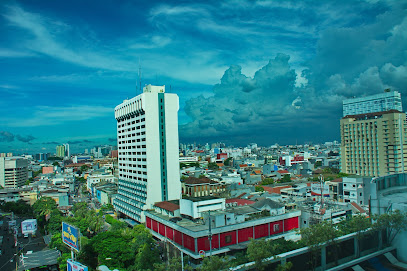
Gedung Singa
Explore Gedung Singa, a historic landmark in West Jakarta that showcases the rich architectural heritage and cultural history of Indonesia.
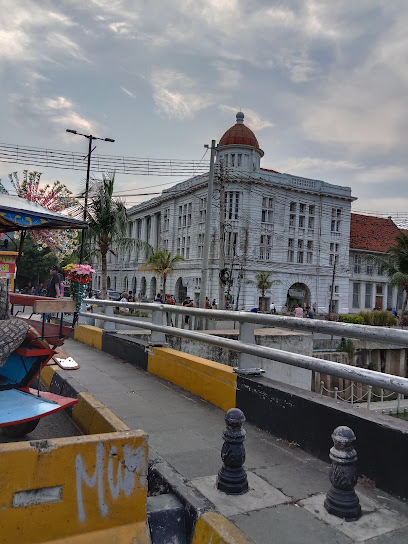
Oude Uitkijkpost in de Haven van Soenda Kêlapa
Discover the historical significance of Oude Uitkijkpost, an observation tower in Soenda Kélapa showcasing Jakarta's rich maritime heritage.
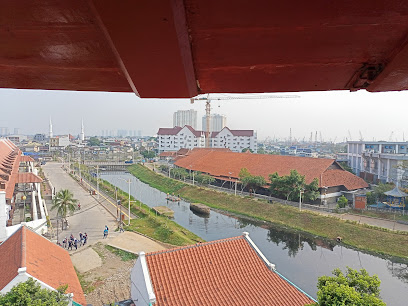
Little India (குட்டி இந்தியா/India Kecil)
Experience the vibrant culture and flavors of Little India, a lively neighborhood in Central Jakarta bursting with history, cuisine, and colorful markets.
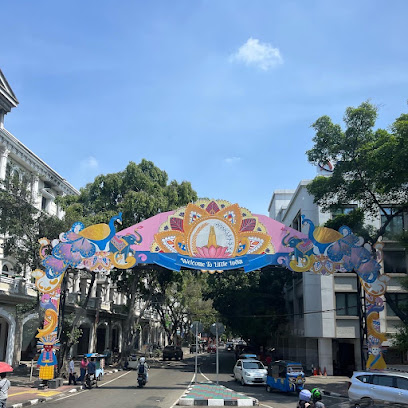
Unmissable attractions to see
Taman Impian Jaya Ancol
Discover the ultimate fun at Taman Impian Jaya Ancol, Jakarta's thrilling amusement park and recreation center with rides, beaches, and vibrant entertainment.
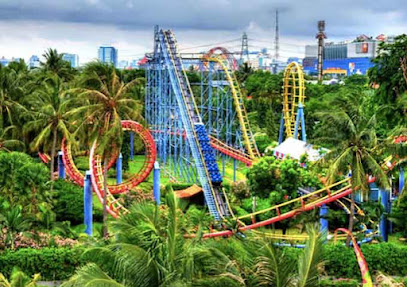
Taman Wisata Alam Mangrove Angke Kapuk
Discover the tranquil beauty of Taman Wisata Alam Mangrove Angke Kapuk, a nature preserve offering eco-tours, scenic trails, and diverse wildlife in North Jakarta.
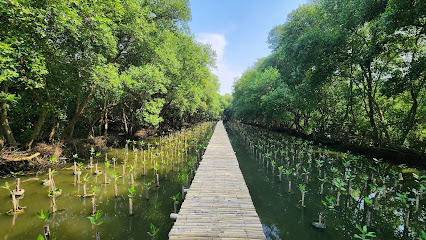
Wayang Museum
Explore the Wayang Museum in Jakarta, a cultural haven showcasing the art of Indonesian puppetry and the rich heritage of Indonesia's storytelling traditions.
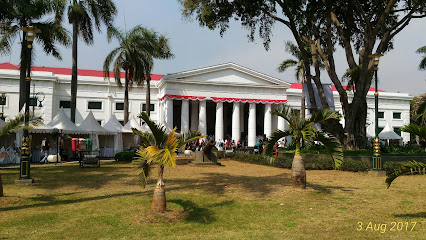
Museum Katedral Jakarta
Explore the architectural beauty and rich cultural heritage of Museum Katedral Jakarta, a must-visit attraction in the heart of the city.

Essential places to dine
Café Batavia
Experience Jakarta's rich heritage at Café Batavia – where exquisite fusion cuisine meets historical charm.
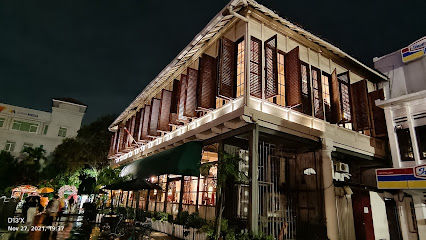
Social House
Discover the vibrant flavors of Jakarta at Social House - where fine dining meets stylish ambiance.
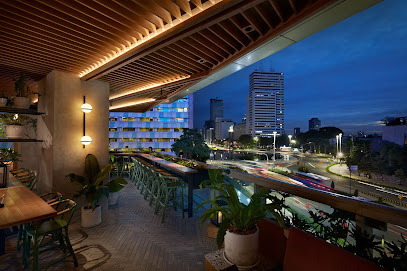
Green Door Kitchen
Discover Green Door Kitchen in North Jakarta - where vibrant ambiance meets delicious Western cuisine amidst a bustling mall setting.
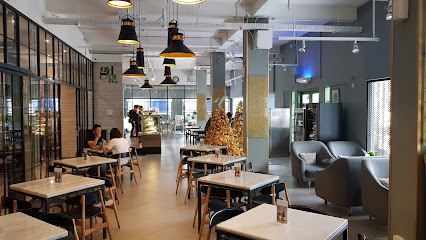
Dapur Babah Elite
Discover the rich flavors of Indonesia at Dapur Babah Elite, where tradition meets elegance in Central Jakarta's premier dining destination.
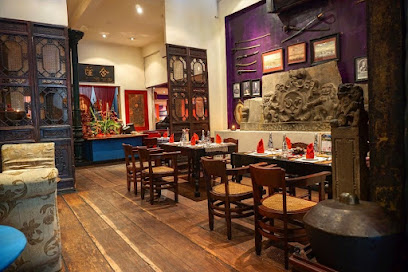
Truffle Belly Diner MOI
Discover the rich flavors of American cuisine at Truffle Belly Diner MOI in Jakarta's Mall of Indonesia - where comfort food meets culinary creativity.
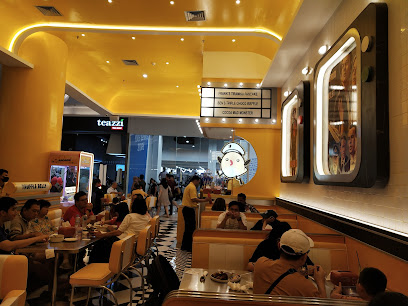
Black Owl - Kelapa Gading
Discover Jakarta's nightlife at Black Owl - Kelapa Gading: A perfect blend of Western cuisine, lounge vibes, and karaoke fun.
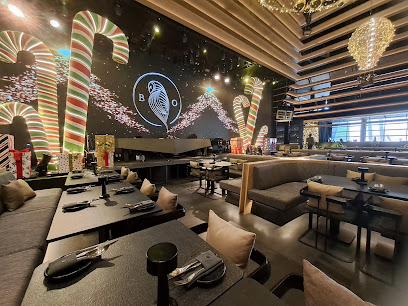
Bistro Baron
Discover Bistro Baron in Central Jakarta for an authentic taste of French cuisine with delightful breakfast options in a cozy setting.

Altitude Grill
Experience fine dining at Altitude Grill in Jakarta with stunning skyline views and exquisite steaks that elevate your culinary adventure.
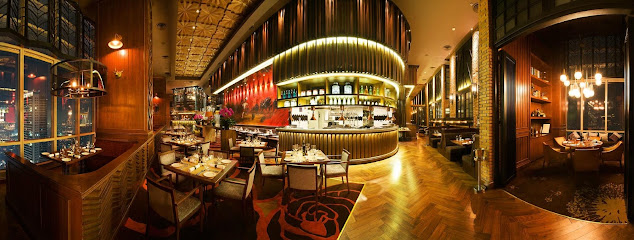
KINCIR - Souvenir I Kitchen I Beer
Discover KINCIR: A fusion of Indonesian cuisine and live music in North Jakarta's vibrant dining scene.
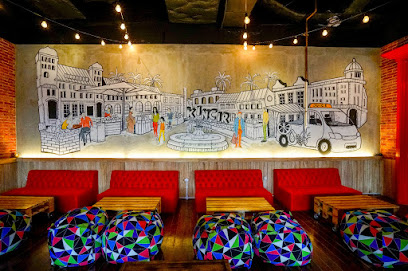
Catappa Restaurant
Discover the rich flavors of Indonesia at Catappa Restaurant in Jakarta – where culinary excellence meets cultural charm.
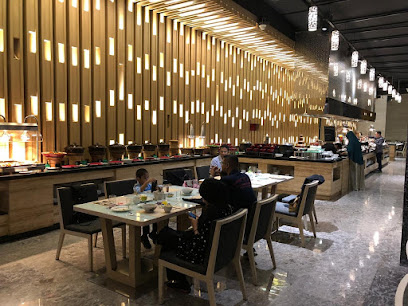
Markets, malls and hidden boutiques
AEON MALL JGC - Jakarta Garden City
Discover an unparalleled shopping experience at AEON MALL JGC in East Jakarta, where shopping, dining, and entertainment await you.
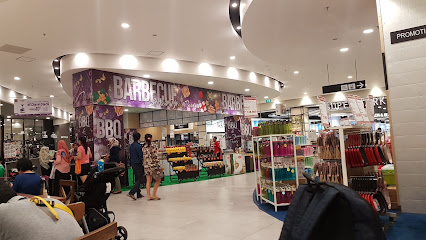
Mall Taman Anggrek
Discover the ultimate shopping, dining, and entertainment experience at Mall Taman Anggrek, Jakarta's premier shopping destination.

Mall of Indonesia
Experience the epitome of shopping and entertainment at Mall of Indonesia, where luxury meets local charm in Jakarta.
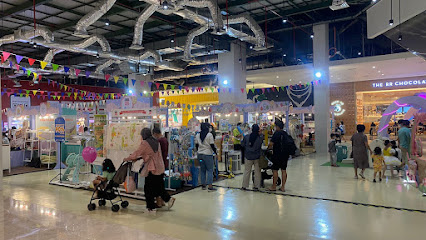
Mal Artha Gading
Discover a shopping paradise at Mal Artha Gading, where diverse retail, delicious dining, and vibrant entertainment await in North Jakarta.
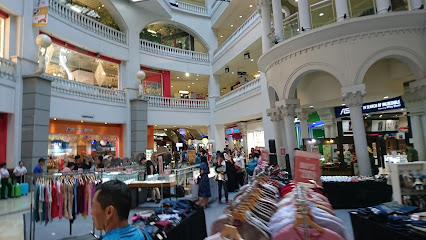
Pacific Place Mall
Discover luxury shopping, gourmet dining, and entertainment at Jakarta's premier destination, Pacific Place Mall, a shopper's paradise in the heart of the city.
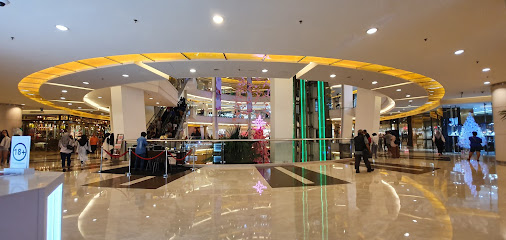
Plaza Indonesia
Experience luxury shopping and exquisite dining at Plaza Indonesia, Jakarta's premier shopping mall with a vibrant atmosphere and local cultural flair.
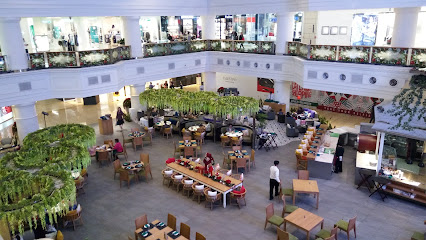
Thamrin City
Discover the vibrant shopping experience at Thamrin City, Jakarta's premier mall, where tradition meets modernity in a shopper's paradise.
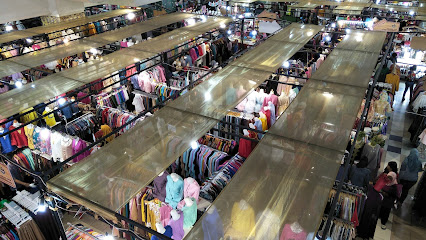
Mangga Dua Square
Discover the ultimate shopping experience at Mangga Dua Square, where vibrant culture meets endless retail adventures in North Jakarta.
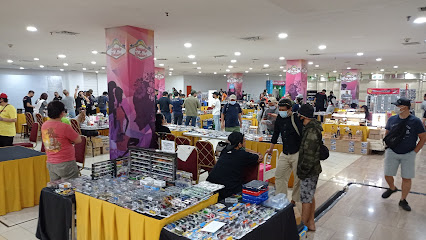
Alun Alun Indonesia
Explore Alun Alun Indonesia, a vibrant department store in Central Jakarta, blending shopping, dining, and culture in one fantastic destination.
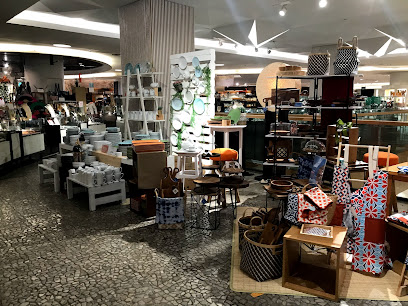
Antique Market
Explore Jakarta's Antique Market for unique collectibles, vintage treasures, and a glimpse into the rich cultural heritage of Indonesia.
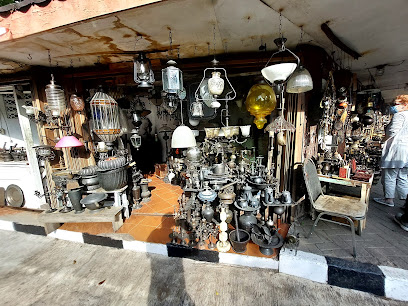
AM1NSHOP STORE
Explore AM1NSHOP STORE in Central Jakarta for unique shopping experiences blending local culture with modern trends.
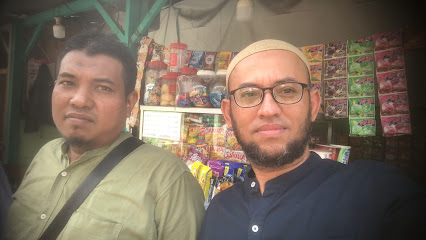
Unique shop
Experience unique shopping at a warehouse store in Cengkareng, Jakarta, offering a wide selection of home goods at competitive prices.
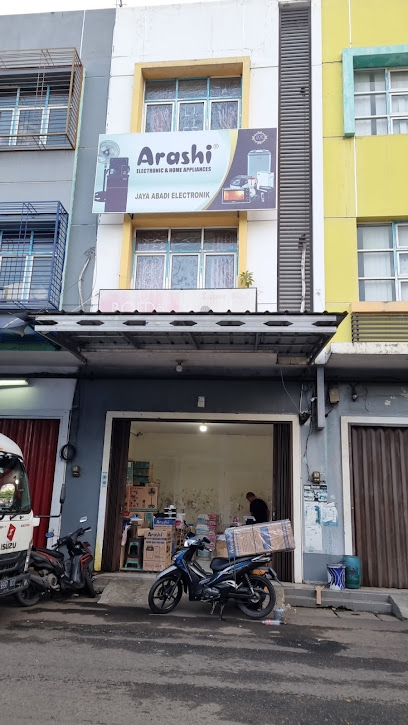
High Ladies Luxury & Streetwear
Discover the ultimate fashion destination in Jakarta at High Ladies Luxury & Streetwear, where luxury meets contemporary street style.
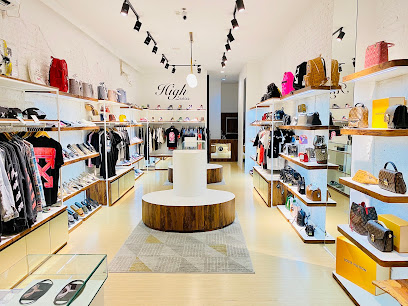
Unique Shop
Explore Unique Shop in West Jakarta for amazing deals and a vibrant shopping atmosphere, perfect for tourists seeking local and international brands.
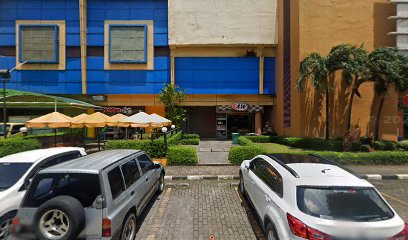
Unique Toko
Explore Unique Toko, where local craftsmanship meets modern shopping in a vibrant department store experience.
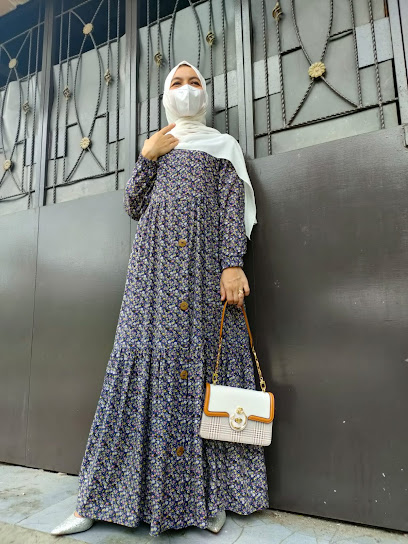
Essential bars & hidden hideouts
Tipsy Monkey Bar & Lounge
Experience the vibrant nightlife at Tipsy Monkey Bar & Lounge in North Jakarta, offering a perfect blend of cocktails, music, and ambiance.

Bier 'n' Flugel
Discover the lively atmosphere of Bier 'n' Flugel, a bar and cafe in North Jakarta, perfect for drinks, bites, and socializing.

STARMOON BAR
Experience the vibrant nightlife of Jakarta at StarMoon Bar, where every sip is a journey into local flavors and international vibes.
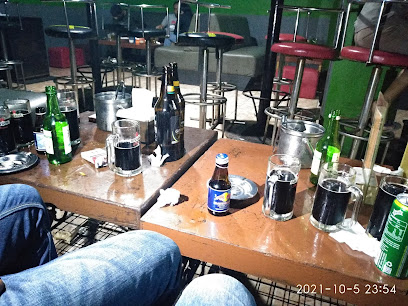
Ibza’s Bar and Lounge
Discover Jakarta's nightlife at Ibza’s Bar and Lounge, where vibrant ambiance meets expertly crafted cocktails for an unforgettable evening.
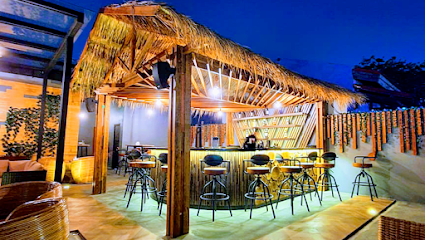
Churchill Wine & Cigar Bar
Experience the height of relaxation at Churchill Wine & Cigar Bar, Jakarta's premier destination for fine wines and luxurious cigars.
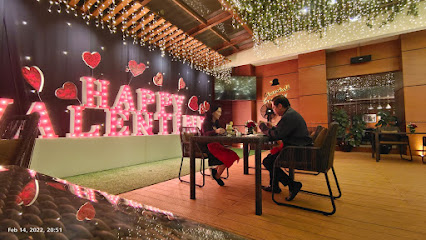
Flirt Bar & Lounge
Experience Jakarta's nightlife at Flirt Bar & Lounge, where chic ambiance meets unforgettable cocktails and vibrant music.
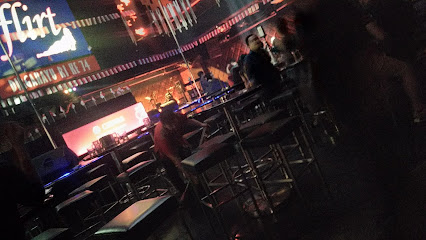
Europe Sport Bar & Cafe
Discover the lively ambiance of Europe Sport Bar & Cafe in North Jakarta, offering great food, drinks, and live sports in a vibrant setting.
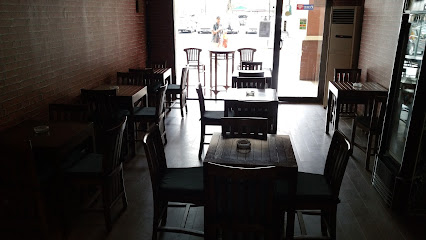
The Bar
Discover the vibrant nightlife at The Bar in Central Jakarta, where exquisite drinks and a sophisticated atmosphere await you.
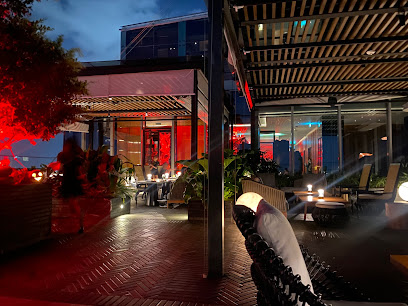
BEST LOUNGE & BAR
Discover the vibrant atmosphere of Best Lounge & Bar in North Jakarta, where relaxation meets local culture and delightful beverages await.
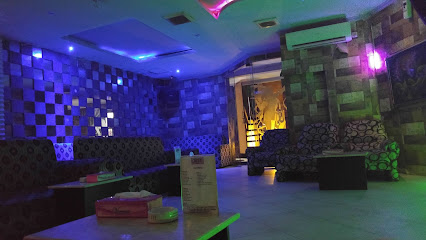
after five jakarta
Experience the vibrant nightlife of Jakarta at After Five, a lively bar offering refreshing drinks and a welcoming atmosphere in the heart of the city.
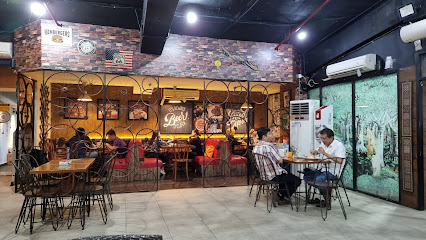
Local Phrases
-
- HelloHalo
[ha-lo] - GoodbyeSelamat tinggal
[se-la-mat ting-gal] - YesYa
[ya] - NoTidak
[ti-dak] - Please/You're welcomeSilakan
[si-la-kan] - Thank youTerima kasih
[te-ri-ma ka-sih] - Excuse me/SorryMaaf
[ma-af] - How are you?Apa kabar?
[a-pa ka-bar] - Fine. And you?Baik. Bagaimana denganmu?
[ba-ik. ba-gai-ma-na den-gan-mu] - Do you speak English?Apakah kamu bisa berbicara bahasa Inggris?
[a-pa-kah ku-mu bi-sa ber-bi-ca-ra ba-ha-sa Ing-gris] - I don't understandSaya tidak mengerti
[sa-ya ti-dak men-ger-ti]
- HelloHalo
-
- I'd like to see the menu, pleaseSaya ingin melihat menu, tolong
[sa-ya in-gin me-li-hat me-nu, to-long] - I don't eat meatSaya tidak makan daging
[sa-ya ti-dak ma-kan da-ging] - Cheers!Selamat minum!
[se-la-mat mi-num] - I would like to pay, pleaseSaya ingin membayar, tolong
[sa-ya in-gin mem-ba-yar, to-long]
- I'd like to see the menu, pleaseSaya ingin melihat menu, tolong
-
- Help!Tolong!
[to-long] - Go away!Pergi!
[per-gi] - Call the Police!Panggil polisi!
[pang-gil po-li-si] - Call a doctor!Panggil dokter!
[pang-gil dok-ter] - I'm lostSaya tersesat
[sa-ya ter-se-sat] - I'm illSaya sakit
[sa-ya sa-kit]
- Help!Tolong!
-
- I'd like to buy...Saya ingin membeli...
[sa-ya in-gin mem-be-li] - I'm just lookingSaya hanya melihat-lihat
[sa-ya han-ya me-li-hat-li-hat] - How much is it?Berapa harganya?
[be-ra-pa har-ga-nya] - That's too expensiveItu terlalu mahal
[i-tu ter-la-lu ma-hal] - Can you lower the price?Bisakah Anda menurunkan harganya?
[bi-sa-kah an-da me-nu-run-kan har-ga-nya]
- I'd like to buy...Saya ingin membeli...
-
- What time is it?Sekarang jam berapa?
[se-ka-rang jam be-ra-pa] - It's one o'clockSekarang pukul satu
[se-ka-rang pu-kul sa-tu] - Half past (10)Setengah (sepuluh)
[se-ten-gah (se-pu-luh)] - MorningPagi
[pa-gi] - AfternoonSore
[so-re] - EveningMalam
[ma-lam] - YesterdayKemarin
[ke-ma-rin] - TodayHari ini
[ha-ri i-ni] - TomorrowBesok
[be-sok] - 1Satu
[sa-tu] - 2Dua
[du-a] - 3Tiga
[ti-ga] - 4Empat
[em-pat] - 5Lima
[li-ma] - 6Enam
[e-nam] - 7Tujuh
[tu-juh] - 8Delapan
[de-la-pan] - 9Sembilan
[sem-bi-lan] - 10Sepuluh
[se-pu-luh]
- What time is it?Sekarang jam berapa?
-
- Where's a/the...?Dimana ada...
[di-ma-na a-da] - What's the address?Alamatnya apa?
[a-la-mat-nya a-pa] - Can you show me (on the map)?Bisakah Anda menunjukkan ke saya (di peta)?
[bi-sa-kah an-da me-nun-juk-kan ke sa-ya (di pe-ta)] - When's the next (bus)?Kapan bus berikutnya?
[ka-pan bus be-ri-kut-nya] - A ticket (to ....)Sebuah tiket (ke ....)
[se-bu-ah ti-ket (ke)]
- Where's a/the...?Dimana ada...
History of North Jakarta
-
North Jakarta, historically known as Batavia, was a crucial trading port established by the Dutch East India Company in the 17th century. The area served as a major hub for trade networks, attracting merchants from various regions, including China, India, and the Middle East. The strategic location along the Java Sea facilitated the growth of the city as a center for commerce and cultural exchange.
-
As a result of its trading history, North Jakarta became a melting pot of cultures. The influences of the Chinese, Arab, Indian, and indigenous Javanese communities are evident in the architecture, cuisine, and festivals celebrated in the area. This cultural diversity is reflected in neighborhoods like Glodok, known as Jakarta's Chinatown, which features traditional markets and temples.
-
The legacy of Dutch colonial rule is prominent in North Jakarta, with many well-preserved buildings from the 17th to 19th centuries. Notable sites include the Jakarta History Museum and the old port area of Sunda Kelapa, where wooden pinisi boats still dock. These structures are reminders of the area’s colonial past and its significance in maritime trade.
-
The 20th century saw rapid urbanization in North Jakarta, especially after Indonesia's independence in 1945. The growing population led to the development of residential areas and infrastructure, transforming the landscape. This period also marked the rise of industries, contributing to the economic growth of the region.
-
In recent decades, North Jakarta has faced significant environmental challenges, including flooding and land subsidence, exacerbated by rapid urban development and climate change. Efforts are underway to address these issues, with initiatives focusing on sustainable urban planning and revitalizing the coastline, which is vital for the community's future.
North Jakarta Essentials
-
North Jakarta is accessible from various neighborhoods in Jakarta via various modes of transportation. From Central Jakarta, you can take the TransJakarta bus service, which has dedicated routes to North Jakarta, specifically to areas like Ancol and Kelapa Gading. Alternatively, taxis and ride-hailing apps like Gojek and Grab are convenient options for direct transport. The Jakarta MRT and commuter train services can also connect you to North Jakarta; for instance, take the KRL Commuter Line from Jakarta Kota Station to Jatinegara Station, then transfer to a taxi or local bus.
-
North Jakarta offers several transportation options to help you navigate the area. The TransJakarta bus system operates multiple routes throughout the neighborhood, providing an affordable and efficient way to travel. Additionally, ride-hailing services like Grab and Gojek are widely used and offer convenient point-to-point transportation. Bicycles are also a popular way to explore certain areas, especially along waterfronts like Ancol. However, be mindful of traffic conditions, as they can be quite congested.
-
While North Jakarta is generally safe for tourists, certain areas can present higher risks for crime, particularly pickpocketing and scams. Areas such as the Mangga Dua market and certain parts of Ancol have been reported to have higher crime rates targeting visitors. It is advisable to stay vigilant, avoid poorly lit areas at night, and keep your valuables secured. Always be cautious when approached by strangers offering help or services.
-
In case of an emergency in North Jakarta, dial 112 for police assistance or medical emergencies. Hospitals and clinics, such as RSUD Koja or RS Cipto Mangunkusumo, are available in the area for medical care. It is recommended to have travel insurance that covers emergencies. Familiarize yourself with the location of the nearest hospital upon arrival. For minor issues, there are pharmacies available for over-the-counter medications.
-
Fashion: Do dress modestly, especially when visiting religious sites. Avoid wearing revealing clothing. Religion: Do respect local customs and traditions. Always cover your head when entering mosques. Public Transport: Do be polite and give your seat to elderly passengers. Don’t eat or drink on public transport. Greetings: Do greet with a polite nod or handshake, and always use 'Selamat Pagi' (Good Morning) or 'Selamat Siang' (Good Afternoon). Eating & Drinking: Do try local dishes like seafood at the Ancol beachside restaurants. Don’t refuse food offerings, as it is viewed as impolite.
-
To experience North Jakarta like a local, consider visiting the traditional markets such as Pasar Pagi Mangga Dua for fresh produce and local delicacies. Engage with local vendors, who are often eager to share stories and recommendations. Don't miss visiting the historic Maritime Museum or the beautiful beaches of Ancol, especially during sunset. Additionally, try to catch a local cultural performance or festival if the timing aligns with your visit.
Nearby Cities to North Jakarta
-
Things To Do in Bandung
-
Things To Do in Semarang
-
Things To Do in Yogyakarta
-
Things To Do in Poon Saan
-
Things To Do in Flying Fish Cove
-
Things To Do in Drumsite
-
Things To Do in Settlement
-
Things To Do in Greta Beach
-
Things To Do in Surabaya
-
Things To Do in Sentosa
-
Things To Do in East Coast Park
-
Things To Do in Marina Bay
-
Things To Do in Chinatown
-
Things To Do in Clarke Quay
-
Things To Do in Bugis












